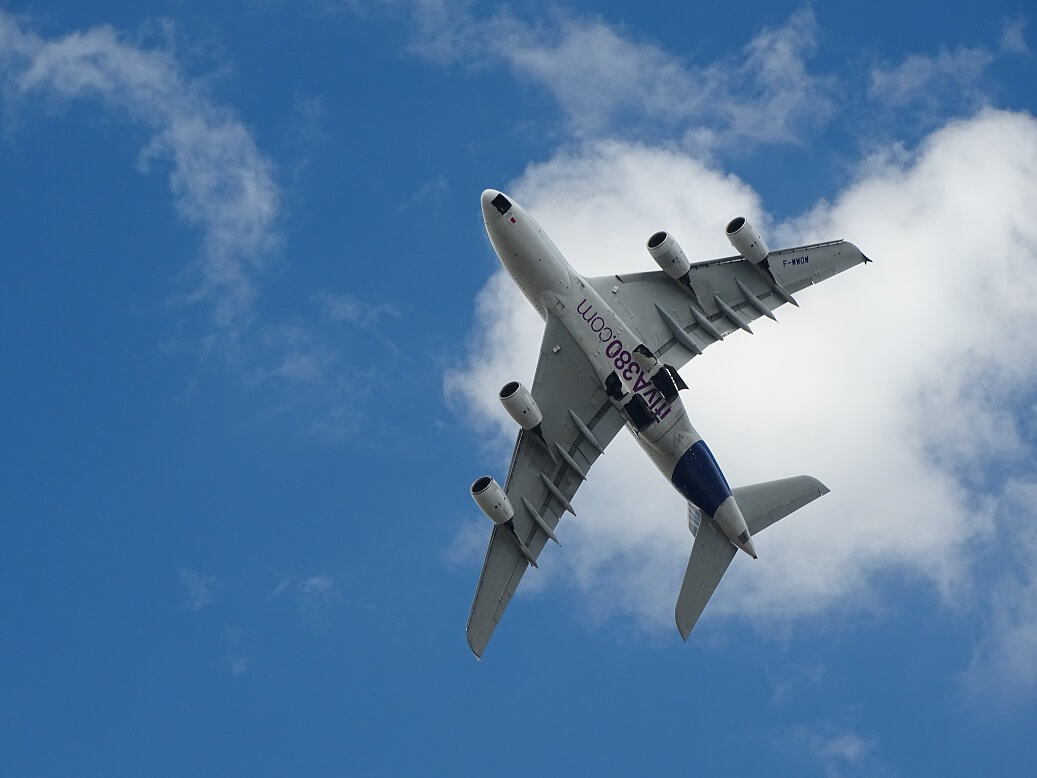How can we use 3d printing for telecommunication?
Posted By Kat Plewa on Mar 4, 2019 | 0 comments
Telecommunication is all around us, from our phones, WiFi, public transportation to space exploration, it connects people around the globe. Considering how widely used this technology is, there is always room for improvements. We need faster internet, better connection, and improved devices. Can Additive Manufacturing improve telecommunication?
3D printing is perfect for low-volume production, it can bring the costs down as it allows for new design solutions and therefore less material waste. Utilizing 3D technologies is also much faster than traditional manufacturing techniques, new components can be printed within minutes. This means you can start using and benefiting from the products faster. 3D printing is capable of producing fully functional, high quality and even conductive parts. How are the telecommunication giants using this innovative technology to their benefit?
Eco connection from Orange
Orange is a European leader in the telecommunications sector which provides communication service for 18 million fixed broadband customers and 200 million mobile customers! With those numbers comes great responsibility to always ensure the best service and keep on improving it. Therefore Orange started investing in Additive Manufacturing and renewable energy. How exactly do they plan on utilizing eco 3D printing?
Thanks to 3D printing, increasing the quality of connection and delivering it to isolated areas have been made possible. Keeping in mind the ecological footprint we leave, Orange has been developing new power sources such as wind turbines made with 3D printed components. Small turbines can improve efficiency and optimize mobile connection performance, however, they are expensive to mass produce. Utilizing 3D printing to manufacture blades allows Orange to radically bring the costs down and really improve their service.
Airbus: for safer flying
One of the biggest airplane manufacturers is Airbus. Are you questioning how are they related to the telecommunication industry? As you know, airplanes have to communicate with ground stations through the radio. And this is exactly where manufacturing airplanes connect with telecommunication industry. Airbus has been improving their production system with 3D printing for a while, so it’s not a surprise that this time they also turn to this innovative technology.
To enhance radio frequency and filter out unwanted signals, which is absolutely crucial while flying an airplane, Airbus invested in metal 3D printing waveguides for telecom satellites. The main benefit which Additive Manufacturing brought to producing the satellite components was: mass reduction, a very important advantage in this industry. Reducing the mass leads to lower costs, but also improvements to the design, impossible to achieve with traditional manufacturing methods.
Technology of MIMO
A new 3D printed antenna has been studied by researchers from four Chineses schools: Xi’an Jiaotong University, 54th Research Institute of China Electronics Technology Group Corporation, the CETC Key Laboratory of Aerospace Information Applications, and Minzu University of Nationalities. They developed innovative 3D printed MIMO antennas. MIMO is short for Multi-Input Multi-Output antennas which are capable of multiplying radio transmission for improved performance.
The devices involve different components and have to be extremely accurate. What technology can combine those factors? Additive Manufacturing of course. Researchers came up with an idea of how to speed up the manufacturing process of those antennas. With a high-resolution stereolithography 3D printer, very precise antennas have been produced in just 30 minutes. They are small, 17 x 27.2 x 27.2 mm, but thanks to 3D printing they were manufactured fast, at the highest precision, and fully functional. The antennas were 3D printed with a photosensitive resin, which ensures conductive characteristics but also improves frequency properties.
What is next in 3D printing for telecommunication?
As you see, there is already a huge improvement in this industry thanks to Additive Manufacturing technologies. Whether it’s 3D printed wind turbine blades to improve performance, extremely accurate telecom satellites parts, or radio communication on airplanes, 3D printing is making a huge impact. We don’t even know how many 3D printed parts we come across on an everyday basis and how much they improve our everyday tasks such as calls, surfing the internet or commuting to work.
Even if you’re not yet telecommunication industry leader, you can still start improving your production with 3D printing! It’s as easy as uploading your 3D files to our online 3D printing service. And if you’re new to the Additive Manufacturing business, we’re here for you to answer any questions, contact us.
Stay up to date with the latest 3D printing News with our Newsletter, sign up now!


 Connect with Google
Connect with Google Connect with Facebook
Connect with Facebook


